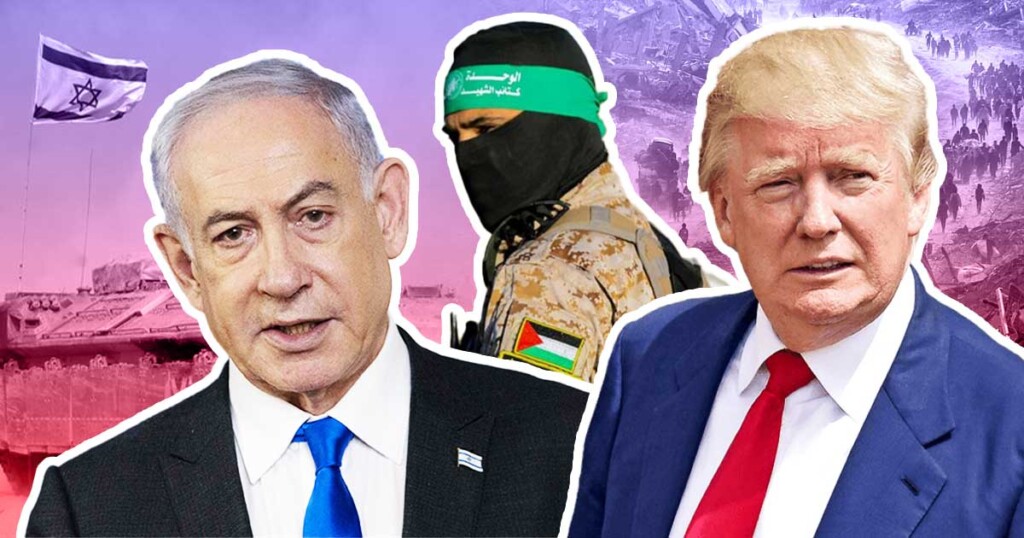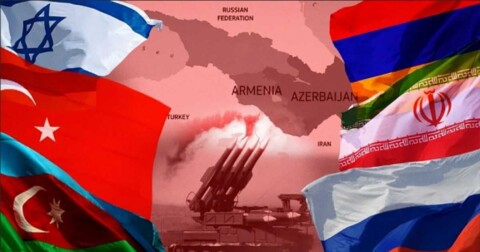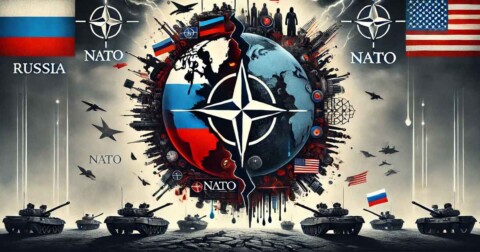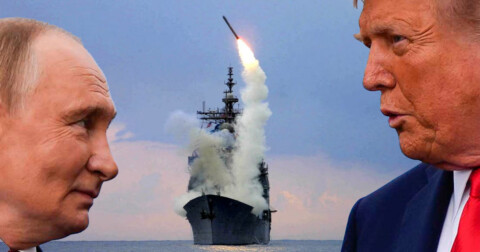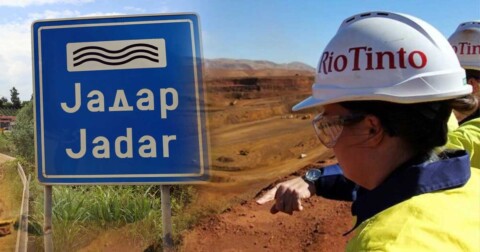On the 10th October 2025, after two years of the bloodiest war of the wider Israel-Palestine conflict, a US-brokered ceasefire was officially declared between Israel and Hamas, ending the fierce fighting between the two warring factions. Although the true number will take some time to officially record, due to the sheer scale of the death and destruction, current casualty estimates record over 80,000 Palestinian deaths in Gaza – including both Hamas militants and civilians – and over 2,000 Israeli deaths, which includes the people killed during the opening Hamas massacre on the 7th October 2023. Despite ongoing reservations that the ceasefire will actually last, the news that the fighting would – at least for now – finally come to an end was met with jubilation among Palestinians, who no longer face any (direct) threats from Israel, for the time being, and more mixed reactions from the Israelis, many of whom are unsatisfied with the outcome of the war, desiring only a decisive Israeli victory.
The initial US-brokered peace agreement was presented by US President Donald Trump, who had long been an advocate for an end to the violence in Gaza, while simultaneously expressing his strong support for Israel and its objectives to eliminate Hamas and rescue the surviving Israeli hostages, held in Gaza by Hamas since the initial 7th October attacks. The precise terms of President Trump’s peace agreement were presented as an extensive 20-point peace plan, and went into extensive detail regarding not only how the war itself would come to an end, but also how the ceasefire would extend into the foreseeable future indefinitely, without any risk of yet another resumption in the fighting. These points would not only include Israel and the Palestinian territories, but also the surrounding nations of the Levant and the wider Middle-East, as several other countries were, at some point, involved in the war, including Lebanon, Syria, Yemen, Iraq and Iran, among others.

THE BEGINNING OF LASTING PEACE OR…?
Trump’s 20-point peace plan was met with agreement from Israel, yet only partial agreement from Hamas, who had some reservations and disagreements with some of the points presented. Despite serving predominantly as the initial framework for something more substantial and meaningful to be determined at a later date, Trump’s 20-point peace plan has widely been considered to be a crucial first step towards what most hope to be the beginning of long-term peace in the Levant region – albeit a tense one. However, as is the case with most peace agreements, not every point outlined will be universally agreed upon by all parties, so while this initial ceasefire is indeed much-welcomed, it remains to be seen exactly what form this ceasefire will take from this point onwards, depending on whether or not Israel and Hamas will find some sort of agreement and/or common ground on the most significant elements of Trump’s 20-point peace plan. That said, it is important to outline and analyse what these significant elements are, and how these factors could potentially become obstacles on this new path towards peace between Israel and Palestine.
POINT 1: THE HOSTAGE RELEASE TERMS
According to President Donald Trump’s peace plan, the 48 remaining Israeli hostages – both alive and the bodies of any who are dead – are to be released within 72 hours of the initial ceasefire agreement coming into force. Failure to release the hostages would likely mean that the ceasefire would, presumably, come to an end, and Israel would almost certainly be compelled to resume the war with immediate effect.
According to Hamas, while this part of the peace plan is largely agreeable, the militant group has also expressed its own view that any agreements revolving around hostage releases would be subject to certain “field conditions”. Presumably, this is in reference to the presence of the Israel Defence Forces (IDF) within Gaza itself. This is also where the entire peace plan runs a very real risk of collapsing. On the side of Hamas, it is currently unknown as to whether or not the group will actually release the hostages before every other element within the peace plan has been mutually agreed upon with Israel. On the side of Israel, the hostages are one of the main factors contributing to the continued presence of the IDF in Gaza, as opposed to a full military withdrawal from the Strip. Currently, while the IDF have pulled out of many of their previous positions within the Strip, there remains a strong presence across much of the territory. This continued IDF presence in Gaza could potentially serve as an excuse for Hamas to reject any further deal regarding the hostages, in turn risking a resumption of Israeli military operations within Gaza, thus ending the ceasefire.
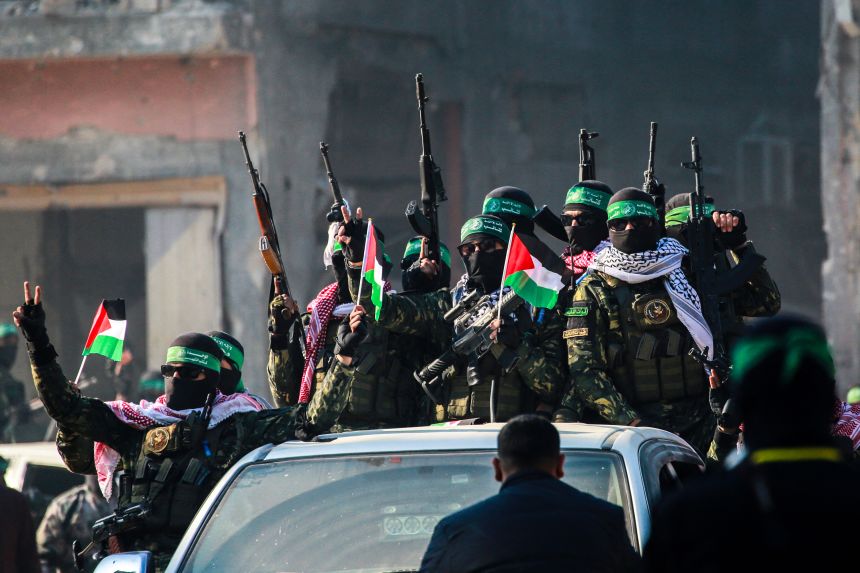
POINT 2: THE DISARMAMENT OF HAMAS
One of the primary objectives of Israel throughout these past two years of war in Gaza is the disarmament and dismantling of Hamas as a militant organisation. In fact, the Israeli Government has stated time and time again that, alongside the release of the remaining Israeli hostages, the destruction of Hamas is the primary objective of Israel’s war effort in Gaza, and that the war itself would not stop until Hamas as an organisation is no more. As part of Donald Trump’s peace plan, the disarmament of Hamas is one of the core conditions for the establishment of a permanent ceasefire in Gaza. However, Hamas have been very much reluctant to agree to this condition.
In previous ceasefire negotiations, Hamas had openly stated that it will not disarm until the State of Palestine has been established, with full international recognition and full membership in the United Nations as an independent sovereign state. Hamas’ silence regarding the disarmament aspect of this new ceasefire agreement indicates that the group has not changed its stance on the matter. In turn, Hamas’ demand for the State of Palestine as a condition for disarmament is something which Israel is extremely unlikely to agree to, claiming that the recognition and establishment of the State of Palestine will be equal to “rewarding terrorism”, following the 7th October attacks by Hamas.
The uncertainty over this part of Trump’s peace plan may prove to be the most dangerous, as neither Hamas nor Israel are likely to find any common ground whatsoever on this matter. Hamas will only agree to disarm if it achieves the establishment of the State of Palestine, and Israel will only agree to withdrawal from Gaza if Hamas fully disarms and dissolves, while also vehemently refusing to support the establishment of a Palestinian state.
Israeli Prime Minister Benjamin Netanyahu himself ominously stated over this past weekend: Hamas will be disarmed and Gaza will be demilitarised, either the easy way or the hard way.

POINT 3: THE WITHDRAWAL OF THE ISRAELI MILITARY FORCES
According to the peace plan, the withdrawal of the IDF from Gaza would be subject to conditions that would have to be mutually agreed upon by all parties – the United States, Israel and Hamas. Furthermore, the Americans have unveiled a roadmap outlining three phases for the withdrawal of the IDF from Gaza. Phase one would see the IDF retain control over 55% of the Gaza Strip, phase two would see 40% and phase three would see 15%. This remaining 15% would eventually become a “security perimeter”, which would effectively act a military buffer zone between Israel and Gaza until both the US and Israel are confident that there would no longer be any threat from Gaza towards Israel.
Hamas, however, have reservations towards this aspect of the peace plan, for the US roadmap for the withdrawal of the IDF from Gaza does not provide a general estimation regarding the timeframes of the three withdrawal phases. Furthermore, the map of Gaza that the US provided as part of the peace plan has been criticised for being inaccurate. Not only are the occupied areas of Gaza depicted incorrectly in parts, but the borders of Gaza themselves have been drawn incorrectly in places as well.
It also remains to be seen exactly how Israel will respond to this element of the peace plan, for many of the more hardline ultranationalists within the Israeli Government will not approve of the idea of total Israeli withdrawal from Gaza. Many Israeli MPs and members of Netanyahu’s cabinet have previously stated that they would seek a permanent deployment of IDF troops in Gaza, potentially preceding a future reoccupation of the Strip, before ultimately leading to a full annexation of Gaza into Israel. Such a move would be extremely risky on the part of Israel, for not only would it severely undermine the peace plan itself, but it would also lead to even greater levels of distrust and condemnation against Israel from the international community. Such moves would also very likely result in a resurgence of Palestinian armed resistance, thus paving the way for a return to power for Hamas and another rapid growth in membership and armed manpower in future conflicts.
POINT 4: THE FUTURE GOVERNMENT OF GAZA
One of the most complicated elements of the peace plan is the demand by the US that Hamas never again assumes a position of political power in Gaza ever again. Instead, the US has recommended that a new government in Gaza would take the form of a “temporary transitional body of Palestinian technocrats” that would be “supervised” by President Trump as well. Controversially, this new so-called “Board of Peace” would also include the involvement of former British Prime Minister Tony Blair. The inclusion of Tony Blair in the overall peace plan has proved to be highly controversial, primarily due to Blair’s previous roles in the destabilisation of the Middle-East – most significantly through the illegal invasion of Iraq in 2003, in which the UK, under Blair, played a leading role. However, it must also be noted that this new administration will not be permanent, and the ultimate end result would be an eventual transfer of power to the Palestinian Authority.
According to Hamas, the group has indicated that it has no intention of giving up all of its power in Gaza. It has also expressed its intention to remain a part of what it calls a “unified Palestinian movement”, which many have interpreted to mean continued lobbying for international recognition of the State of Palestine. However, it is highly unlikely that Hamas’ stance on the matter will be acceptable to either the US or Israel, both of whom have demanded that Hamas play no role whatsoever in any future Palestinian administration.
Israel’s response to this element of the peace plan and the eventual handover of power to the Palestinian Authority has been negative. Prime Minister Netanyahu himself has openly stated that he outright rejects the notion of even the Palestinian Authority being in charge of Gaza. Furthermore, many hardline Israeli ultranationalists within the Israeli Government have openly called for the full annexation of Gaza into Israel, including the construction of Israeli settlements across the Strip, at the expense of the 2.3 million displaced Palestinians within the territory. Similar sentiments and ambitions have also been expressed regarding the West Bank as well.

POINT 5: THE FUTURE OF BENJAMIN NETANYAHU
While not an element within the peace plan itself, one crucial factor which could prove make or break for the current ceasefire and the prospect of a lasting peace in the Levant is the future of Benjamin Netanyahu himself. Even before the 7th October 2023 attacks and the subsequent Gaza War, Netanyahu has faced numerous accusations of corruption from his political opponents and many Israeli citizens, as well as accusations that he would actually want the ongoing ceasefire talks to break down, thus leading to a reigniting of the war. Many have claimed that – as is the case with many politicians who experience growing levels of public opposition and low approval ratings – a resumption of the fighting in Gaza would distract Netanyahu’s critics away from the accusations aimed against him and refocus the Israeli public’s attention on the war itself. In turn, the radical ultranationalists within Netanyahu’s cabinet have also threatened to withdraw support for him – and even potentially seek the collapse of the current Israeli Government itself – if the Gaza War ends without the full destruction of Hamas.
In terms of public sentiment towards Netanyahu, opinion polls in Israel have shown that approximately 70% of citizens are in favour of ending the Gaza War as soon as the remaining Israeli hostages are released. If Netanyahu were to secure the release of the hostages and end the war in Gaza definitively, this would be considered enough of a victory for Israel in the eyes of the public, thus potentially improving Netanyahu’s public approval ratings significantly.
Another factor contributing to whether or not Israel abides by the peace plan is the ongoing corruption case against Netanyahu. If the ceasefire does last and the Gaza War comes to a definitive end, Netanyahu’s corruption trial would continue, thus putting his own political career in jeopardy. However, if the war were to resume, the trial would again be postponed indefinitely, and Netanyahu would be able to cling to power. This has led some to believe that Netanyahu could deliberately seek to jeopardise the peace plan, thus redeploying the IDF into Gaza for combat missions once again, restarting the war and once again diverting attention away from his own political problems in Israel.

AN UNCERTAIN FUTURE
Although the above points are all significant factors that will determine whether or not this new ceasefire agreement will last, ultimately, there will always remain that one primary factor that roots all of the others down – trust.
Regardless of the outcome of the ceasefire agreement, trust itself will remain virtually non-existent between not only Israel and Palestine, but also between both states’ respective allies, as these other states have their own respective geopolitical interests in the Levant and the wider Middle-East, and all sides will want to gain something long-term out of all of this, regardless whether those gains are big or small. There also remains the issue of changing attitudes in the surrounding states of the region. For example, on the 9th September, Israel launched a series of strikes in Doha, the capital city of Qatar, against a Hamas negotiations team. Despite Israel having allegedly informed the United States and President Trump about the attack, the US reported that they had only been informed mere minutes prior to the attack taking place, giving Trump little to no time whatsoever to protest against Israel’s actions against a key US ally in the Middle-East. Despite some casualties, the attack ultimately failed to kill the Hamas negotiations team, and Israel was heavily condemned globally for its actions against an otherwise neutral state and US ally. What’s more is that many members of that very same negotiations team are now representing Hamas in the ongoing ceasefire talks, including one Khalil al-Hayya, whose son was killed in the Israeli strikes on Doha.
After several decades of sporadic fighting and bloodshed between Israel and Palestine, with the roots of the wider conflict stretching back to the late 1800s, realistically, it is very difficult to imagine this ceasefire agreement lasting for very long, before the next clash between the two belligerent states inevitably breaks out, leading to more death and destruction. Although it may sound pessimistic, history has shown us that ceasefires between Israel and Palestine do not last for very long, so, until the sceptics are proven otherwise, it seems that it is not a matter of if another Israel-Palestine war will break out, but rather when.
